Lucile Wheeler: the Mont-Tremblant sparkplug who inspired generations of women skiers
Born on January 14, 1935, in Saint-Jovite, Lucile Wheeler started to ski at the age of two. Not surprising, as her father, Harry, owned Gray Rocks ski resort. It was not long before her talent for the sport was noted and at the age of ten she started her career as a competitor. Lucile’s father hired two famous Austrian skiers as her coaches, one after the other: Herman Gadner and Hans Falkner.
In 1946, Lucile participated in her first international competition, at Lake Placid: the Kate Smith Invitational. The North American Championships in Stowe, Vermont, was next, and then the Taschereau at Mont-Tremblant, where Lucile tells me that my father, Charlie Duncan, was her coach in 1948. Other coaches followed over the years: Bob Richardson (former racer), Johnny Fripp (director of the Mont Tremblant ski school), and Ernie McCulloch (former racer and director of the Mont Tremblant ski school).
Lucile’s father encouraged and supported her passion. It should be mentioned that he had participated in the Lake Placid Olympic Games in 1932 in the dogsled team race (a demonstration sport). In 1948, Lucile and her father crossed the country by train and got to Banff, Alberta, for the Canadian Championships. Ernie McCulloch, Lucile’s coach, was with them. Other competitors included Rhoda Wurtele, Joanne Hewson and Rosemarie Schutz.
In 1949, Lucile went by car to Sun Valley, Idaho, for the Harriman Cup and Aspen, Colorado’s Roch Cup. This time she was accompanied by her father, Bob Richardson, John Clifford and Ernie McCulloch. The young adolescent girl took advantage of the situation to develop her technique and carve out a place among the great skiers of the time.
En route to the Games
In 1952, when I was a young boy of eight, I had seen Tony Sailer on television; he was a future great champion. I told myself that later, I would do the same. I didn’t know that just a few kilometres away, Lucile Wheeler was preparing to become a great champion. And so in 1952, at the age of 17, Lucile won a place on the Canadian Olympic Team for the Oslo Games in Norway.
After this first Olympic experience, Lucile’s parents asked her to take a break to complete her secondary school studies at the Sainte-Agathe high school. Obviously, this represented a sacrifice for her, but she soon realized that they were right.
A first Olympic medal
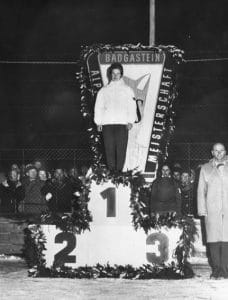
When she got back on her skis in 1954-55, Lucile stayed in Kitzbühel, Austria, and Pepe Salvenmoser became her coach. It’s interesting to note that at the time, the women competed at Kitzbühel and Lucile, along with her teammate Joanne Hewson, participated there.
After the Second World War, high-level ski competitions were organized by the clubs in the trendiest resorts in the Alpine countries. Lucile made the tour of the major classic races: the Arlberg Kandahar, Kitzbühel, Grindelwald and Parsenn Derby.
Add to these the national championships of the Alpine countries: Italy, Switzerland, France, Austria and Germany. When she was preparing for the Olympic Games of Cortina d’Ampezzo, she had excellent results.
She built a good reputation and managed to obtain an FIS point total as a racer qualified for international-level competitions. The work bore fruit, because in 1956, she became the first North American woman to win an Olympic medal (bronze) in winter sports.
When she returned from the Games, she came to visit the school I attended in Mont-Tremblant. She showed us her medal, of course, and spoke to us. I was already competing at the time and her success confirmed for me that my Olympic dream was not so farfetched.
Notable successes
In winter 1957-58, the last winter in which women competed at Kitzbühel, Lucile won the race. In that same year, at the World Championships in Bad Gastein, she won two gold medals, in downhill and giant slalom, and a silver medal in the combined. Her success made an impression on women’s skiing in Canada.
Thanks to her example, a dynasty followed. Anne Heggtveit, Nancy Green, Betsy Clifford, Kathy Kreiner, Gerry Sorensen, Karen Percy, Mélanie Turgeon…each of these champions was influenced by her predecessor, and it had all started with Lucile Wheeler. At the end of that season, Lucile decided to retire from competition.
It’s important to realize that at the time, options for racers were limited. It was, quite literally, an amateur sport and commercial support was not permitted. When she returned from the World Championships, the village of Saint- Jovite wanted to give Lucile a car. She had to refuse because she would have been disqualified and her gold medal given to the American who had won silver. Without revenues, the careers were shorter and the racers eventually had to reintegrate into “real life”.
At a gala in 1958, where she was made Canadian Athlete of the Year par excellence and received the Lou Marsh trophy, she met Kaye Vaughan, a football player in the Canadian Football League. Kaye was a native of Tulsa, Oklahoma, and played on the offensive line for the Ottawa Rough Riders. A Grey Cup winner and member of the Sports Hall of Fame of Ottawa, of Canadian football and of Tulsa Oklahoma sports, Kaye was himself a star player.
Great honours for a great lady
Lucile and Kaye were married in January 1960, at Lac Mercier, by Curé Deslauriers, and went to settle in Ottawa. They have two children: Myrle (1961) and Jake (1963). In 1967, the family moved to the Eastern Townships of Québec where Kaye was hired as sports director for Massey Vanier High School.
Throughout her life to date, Lucile has received many awards and honours. She was inducted into the Canadian Sports Hall of Fame in 1958, of Canadian skiing in 1982, into the Pantheon of Olympic Sports in 1976 and has also been a member of the Order of Canada since 1976. Always involved and present for events related to skiing, Lucile remains a model for the new generation.
Over the years, a solid friendship has developed between us, because we are both part of the same big ski family. Perhaps you’ll meet her this winter on the Owl’s Head runs in the Eastern Townships. She’s easy to recognize: she’s the skier who dances on the snow.
By the same author: The Saint-Louis family (Click the image below)
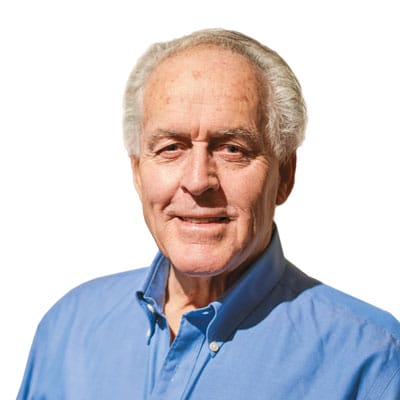
Peter Duncan121 Posts
Membre de l’équipe canadienne de ski alpin de 1960 à 1971, skieur professionnel de 1971 à 1979 et champion américain en 1965, Peter Duncan a participé aux Jeux olympiques de 1964 à Innsbruck ainsi qu’à ceux de 1968 à Grenoble. Intronisé au Temple de la renommée du ski au Canada, au Panthéon des sports du Québec et récipiendaire de la médaille du gouverneur général, Peter a longtemps été commentateur de ski à la télévision./ Peter Duncan is a Canadian former alpine skier who competed in the 1964 and the 1968 Winter Olympics. He was named to the Canadian National Alpine Team in 1960 at the age of 16 and competed at the national level for the next 10-years until 1970 before retiring.
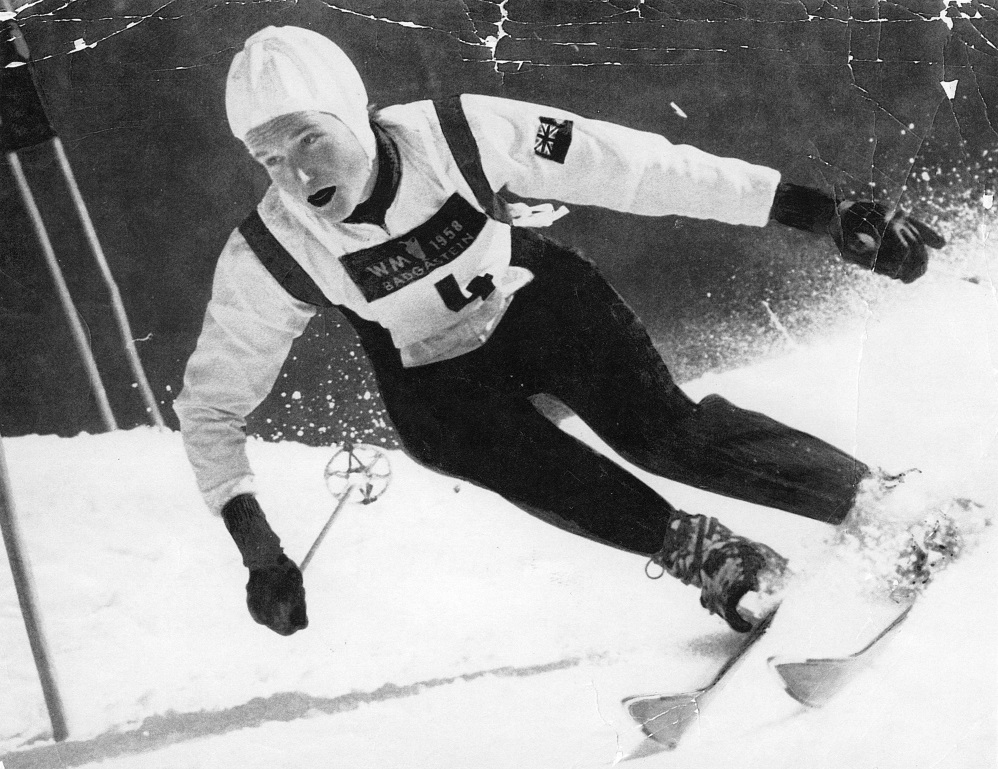
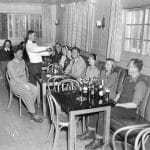
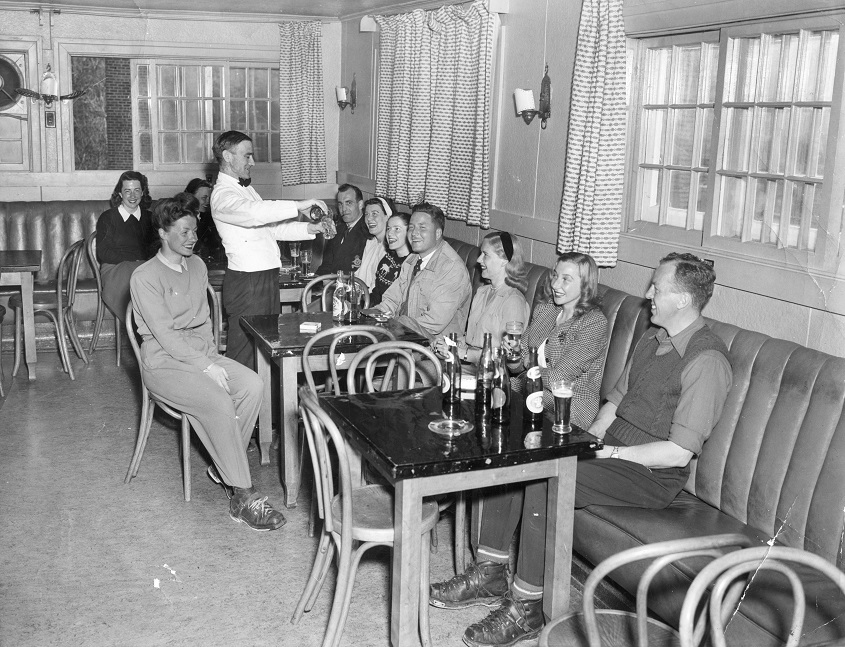
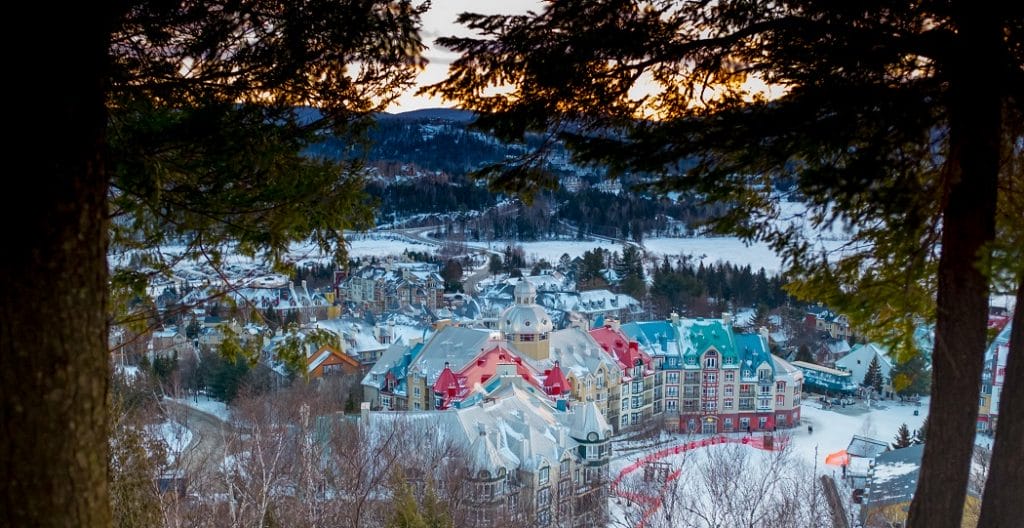
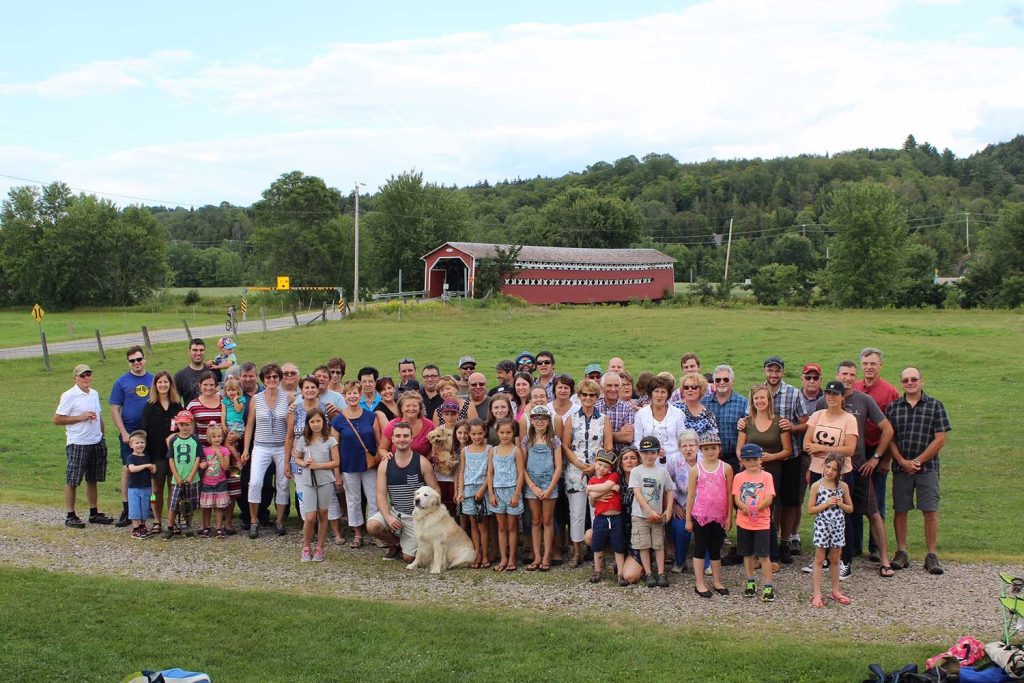
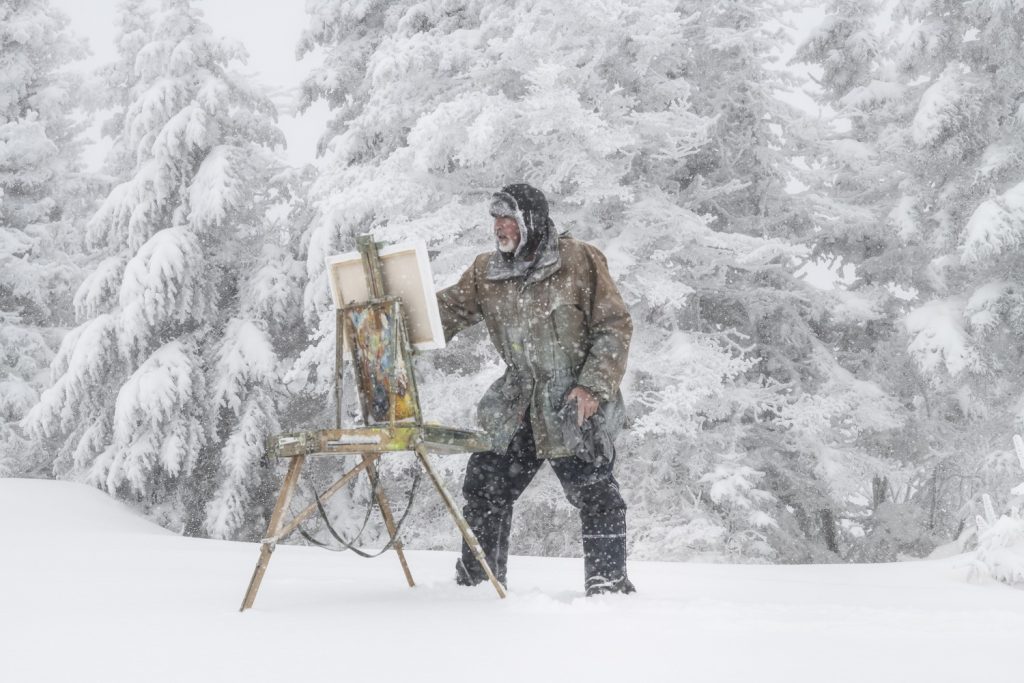
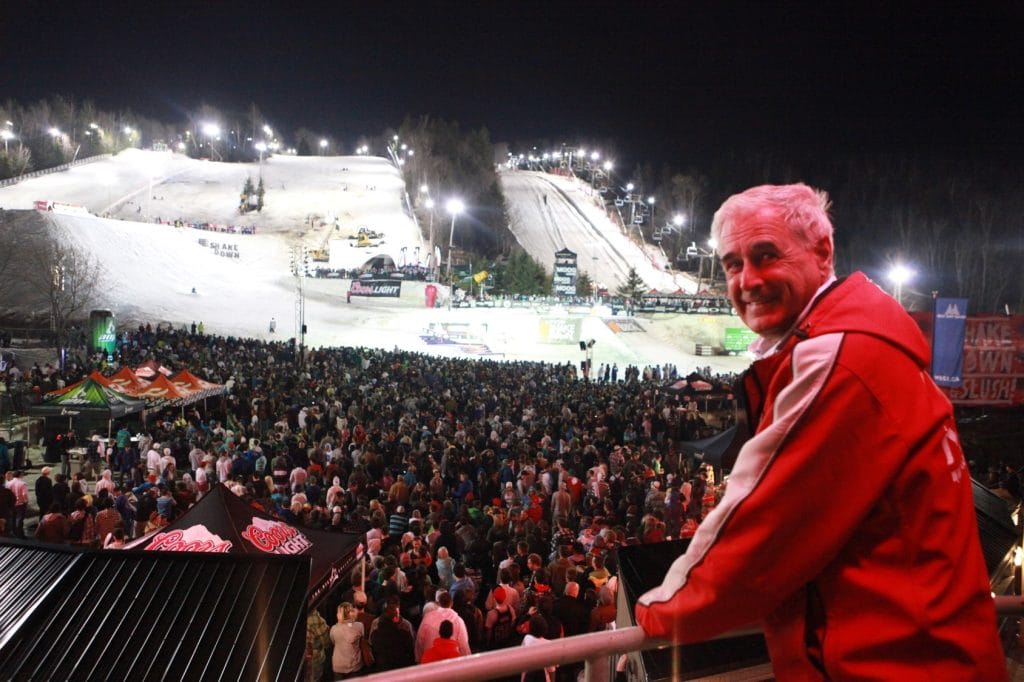
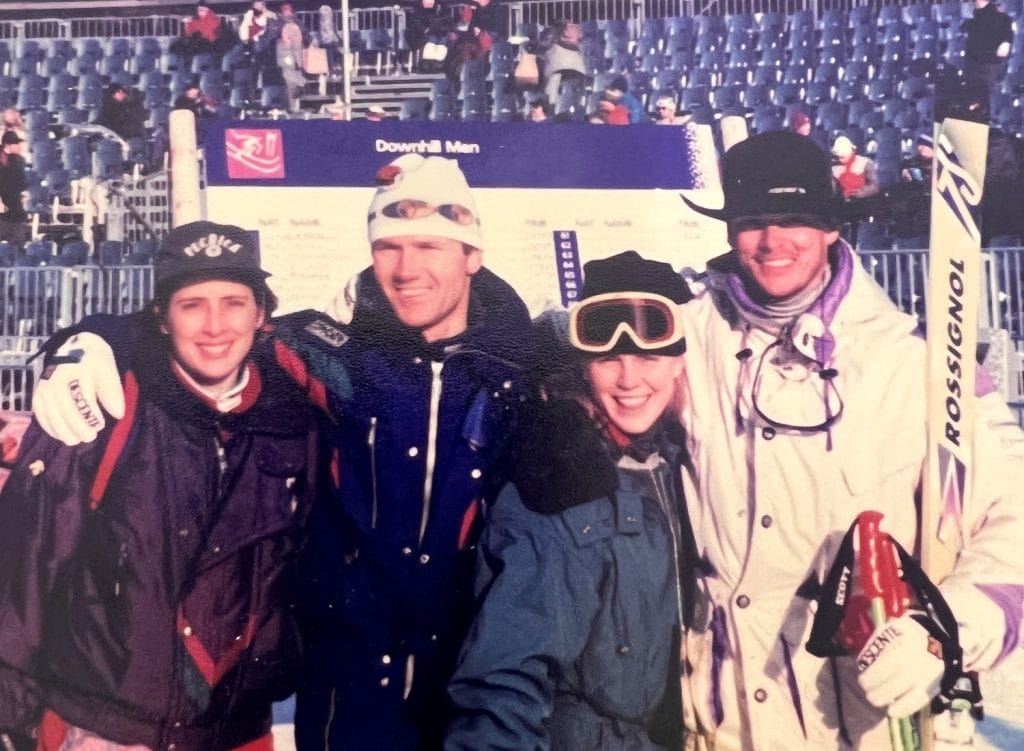
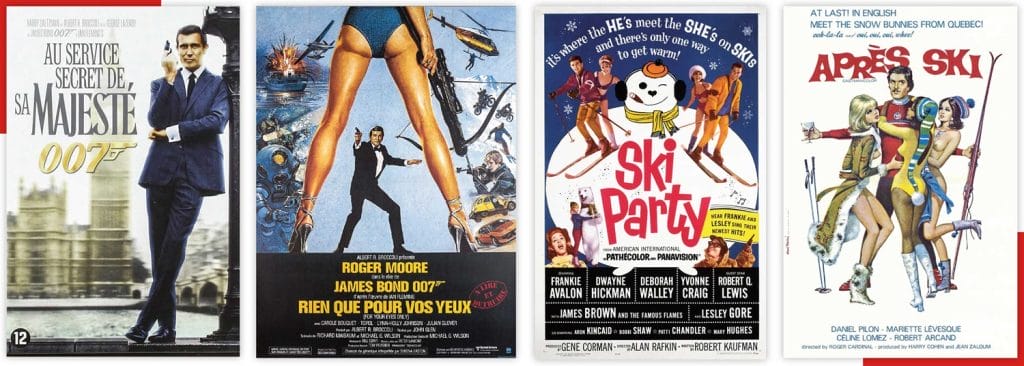
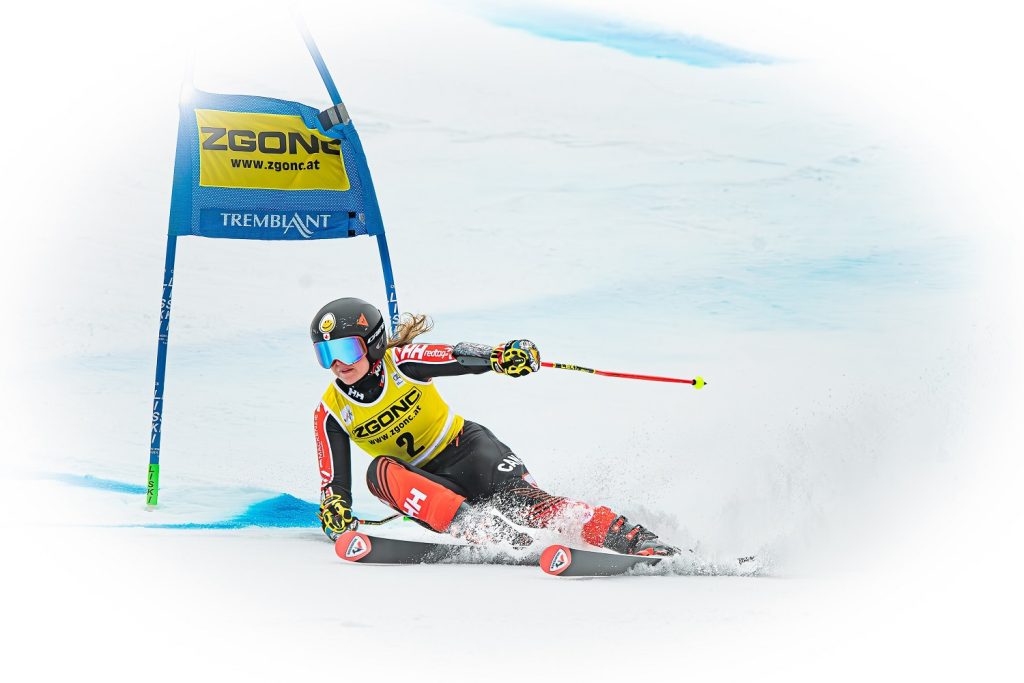
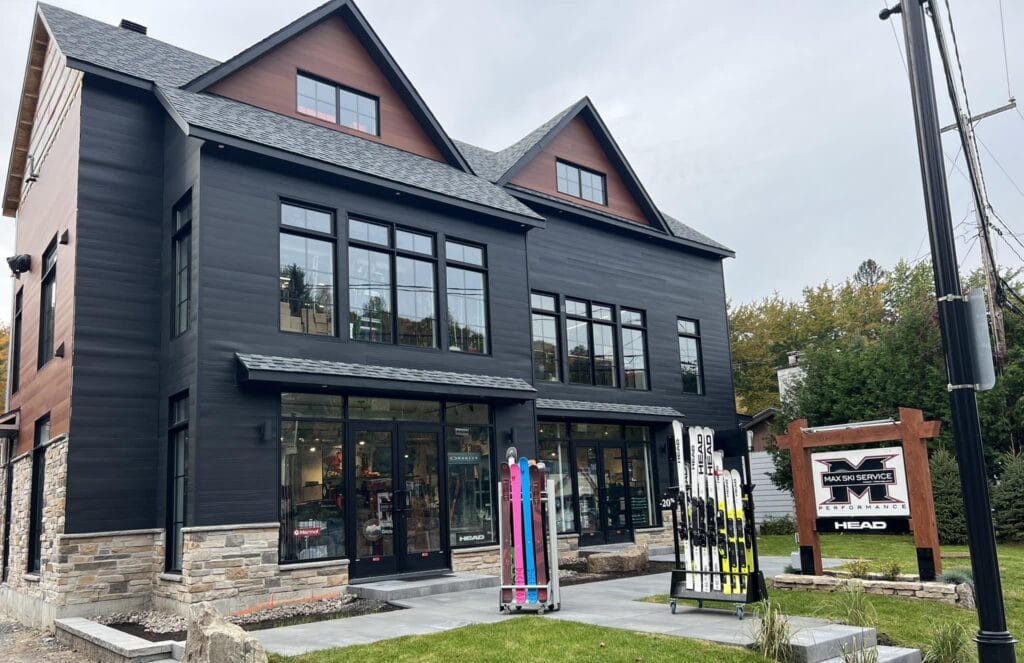
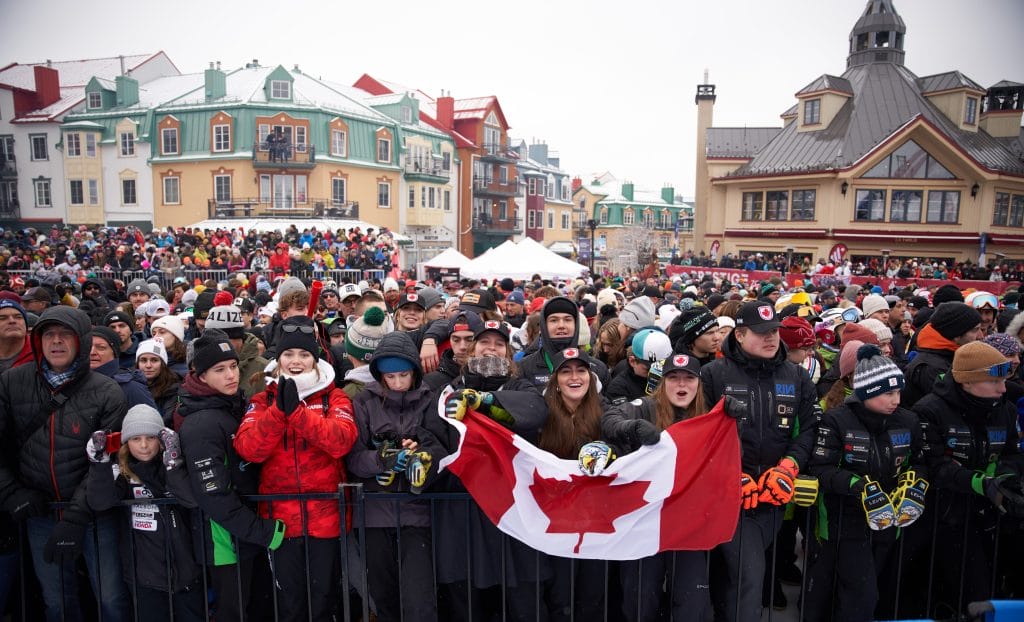
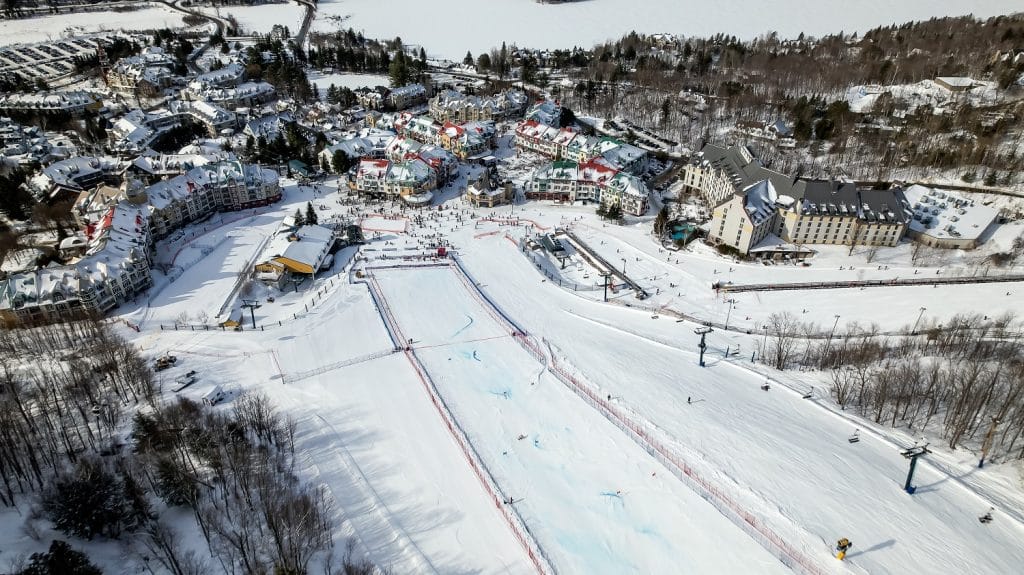
0 Comments